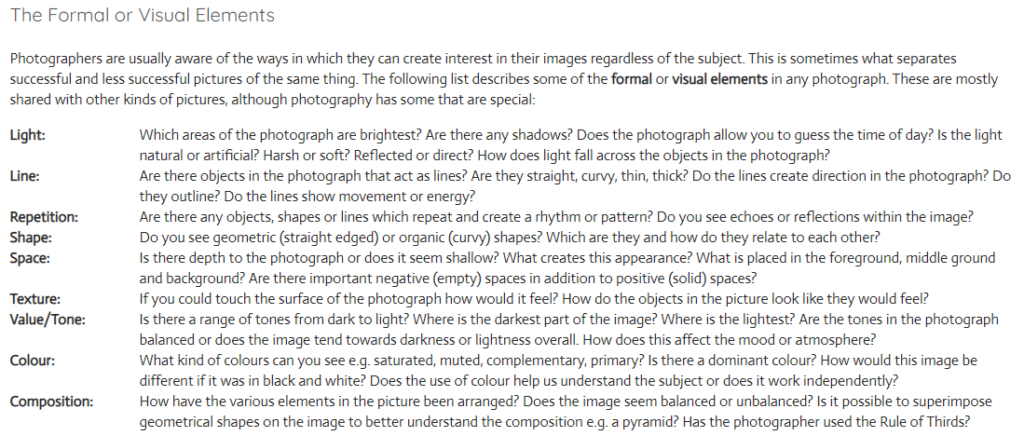

For this photo, i started by folding the paper and standing it up at a ‘zig-zag’ pattern. I used artificial lighting from a phone torch to take control over how the shadows fall over the ridges. This photo stands out to me as the clean folds in the paper enhances the shadows that i was attempting to emphasize.

for this photo, I crumpled up a piece of paper, I used artificial lighting from the overhead lights in the class room, this made it harder to use the lighting to compliment the creases so once I put it into photo shop, I adjusted the light and dark tones to bring out the creases that were harder to determine in the original photo.

In this photo, I layered a paper plane over the same crumbled paper, I did this to make the photo more complex and interesting, I used a phone touch as a light source to help differentiate the two papers through directing it into the space between.

A very limited post Beth. Need to include info on The Formal Elements linked to your paper images. In addition it requires a relevant photographic reference to support and link to your photographs.